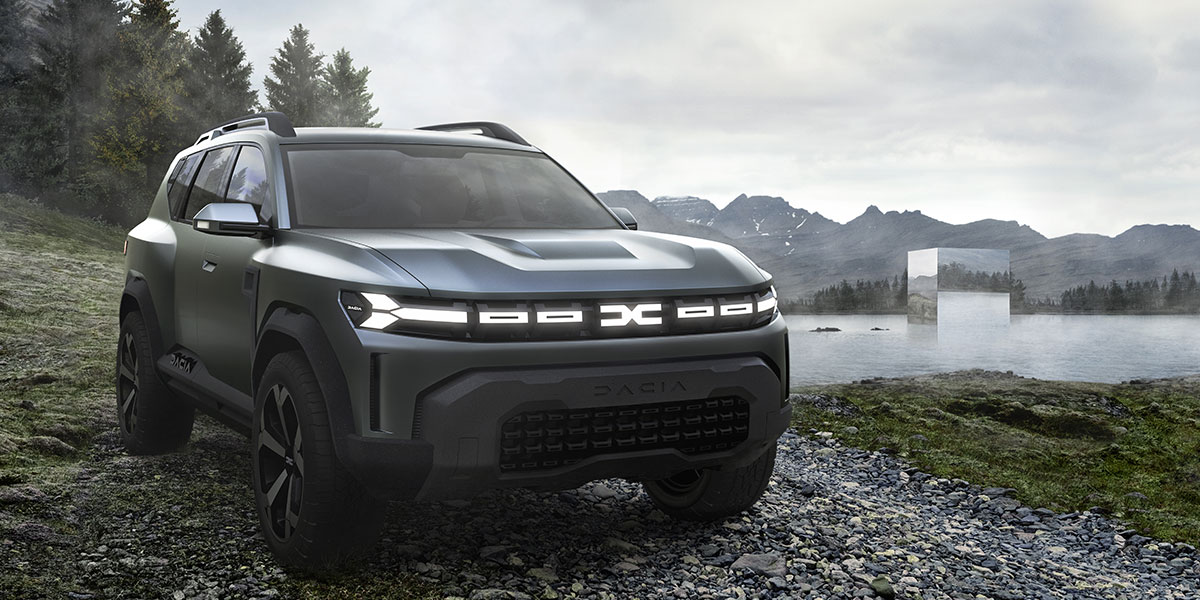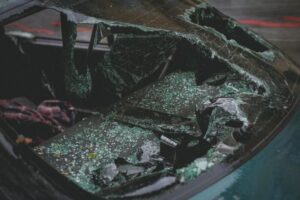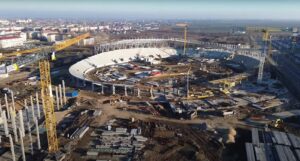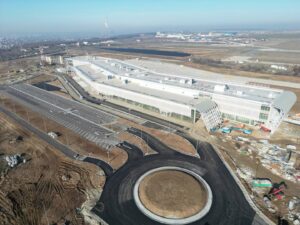The Bigster concept, unveiled in January 2021 at the presentation of the Renaulution strategic plan, heralds the expansion of Dacia’s range to new horizons and less Duster 3, although it will be made, exclusively in Romania, as Renault bosses announced. The situation is somehow similar to the launch of the first Logan, the first Sandero or Duster. Each was an icon in its time.
Urmărește mai jos producțiile video ale Economedia:
- articolul continuă mai jos -
“Dacia will always be Dacia and will continue to offer reliable models that make sense for customers, the smart purchase that offers the best value for money. With the creation of the Dacia / LADA business unit, we will take full advantage of the modular CMF-B platform, increase our efficiency and improve the quality, competitiveness, and attractiveness of our products. So we have everything in place to reach the highest peaks. The Bigster concept shows us the way,” said Denis Le Vot, CEO of Dacia and LADA, speaking at the presentation of the group’s strategic plan.
According to Le Vot, with the Bigster concept, Dacia will be even more attractive, cooler, and outdoorsy, yet accessible and focused on the essentials. The Bigster will be made for open-air and dusty roads and offers only the essentials for an SUV in its segment. No gimmicks, no chrome, no fake aluminum, it embodies the essentials, will be rugged and will use untreated recycled materials for the outer protective components.

The Bigster will be Dacia’s new chapter, and it’s not coming to replace the Duster. The Duster will get a major upgrade in 2023. Instead, it’s a larger SUV than the Duster, at 4.6m long, compared to the Duster’s 4.34sqm. And the model will have LPG engines available, as well as hybrid engines.
The Bigster is expected to go on sale in late 2024 or early 2025 and is the company’s largest production car to date.
Dacia’s new SUV, dubbed Bigster, could be unveiled next year as the brand expands into the large SUV sector. The brand is also being incorporated into a new business structure as part of the Renault group, which plans to make up lost ground in the C and D segments with 11 new electric and hybrid models it wants to launch over the next four years.
Key to this strategy is the new CMF-B technology platform, created in partnership with Renault and Nissan. It’s already used to make the new Sandero and will be used for some of Dacia’s future models. The platform will have to be adapted for the new Bigster, but the fact that it’s the manufacturer’s option means Dacia will be able to build larger models and keep the low prices associated with the car brand.

The automaker’s plan is to make the C-segment affordable for everyone at the price of a B-segment vehicle. If things go as Dacia has planned, the new SUV will be a cheaper alternative to the Volkswagen Tiguan or Skoda Karoq.
What’s more, to keep the price down, sustainability is at the top of the list, and the car has side bumper panels made from recycled plastics.
Edited for English

 Sursa foto: Renault
Sursa foto: Renault





























